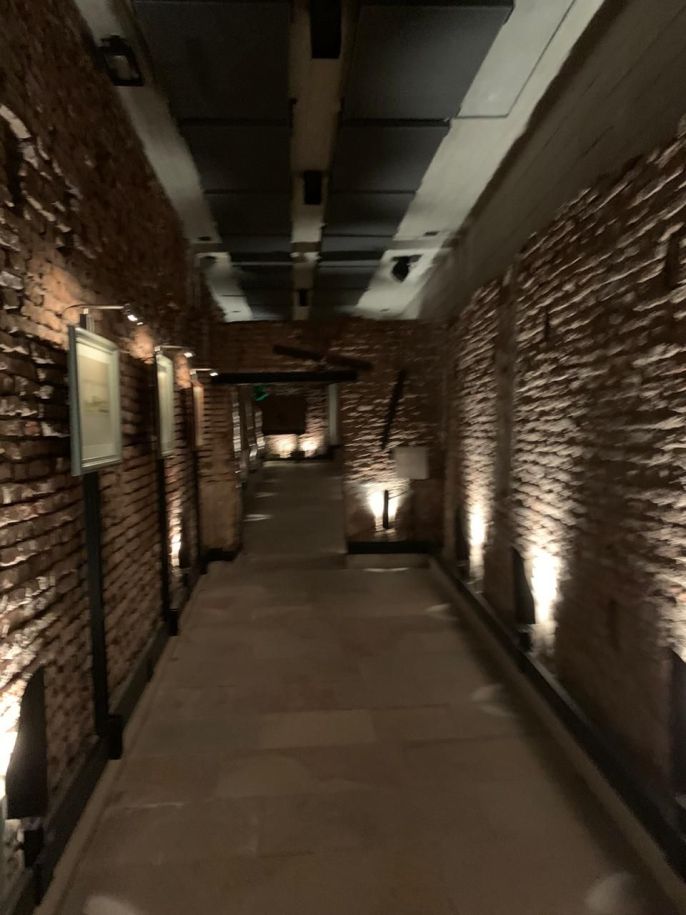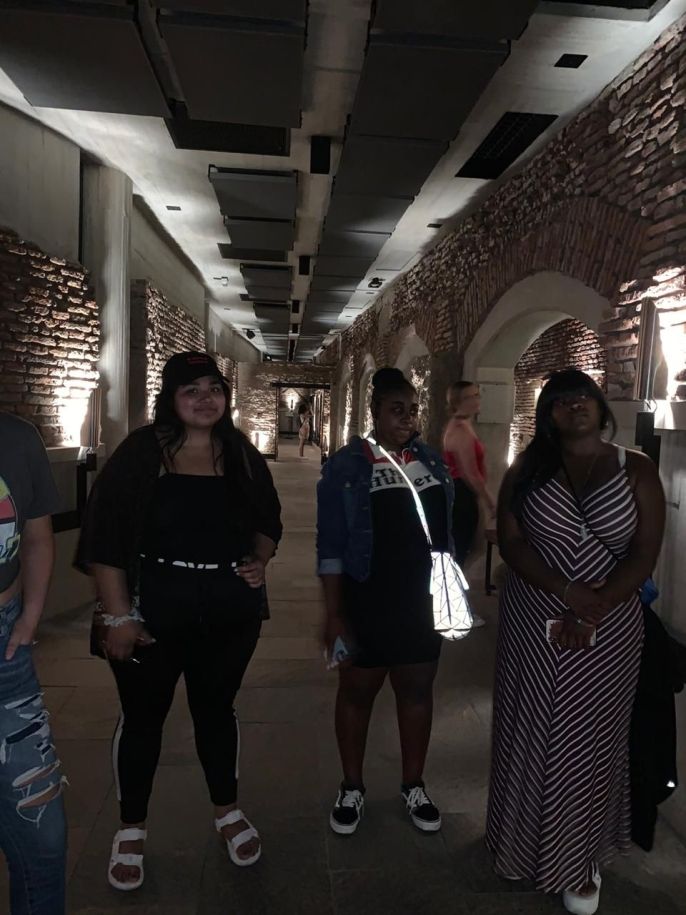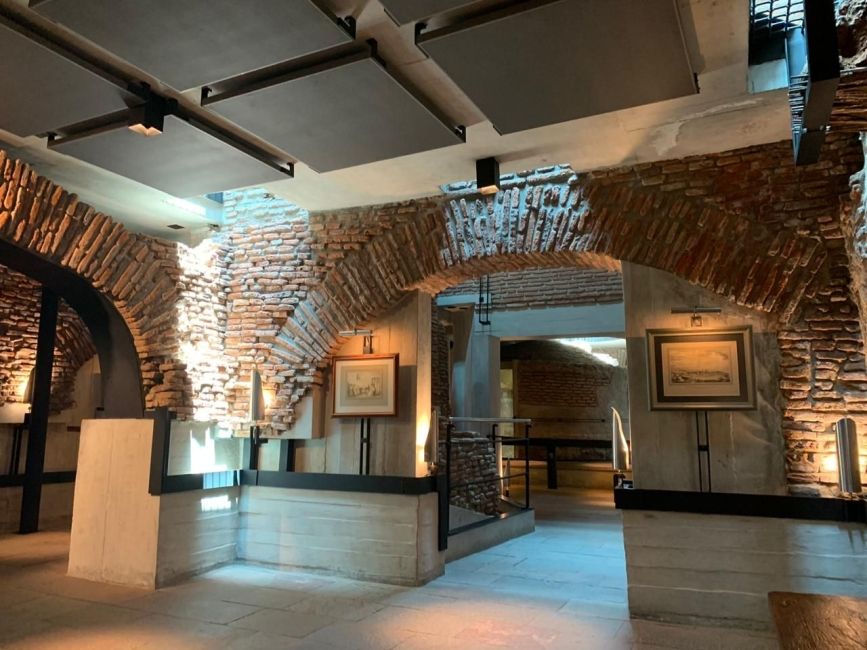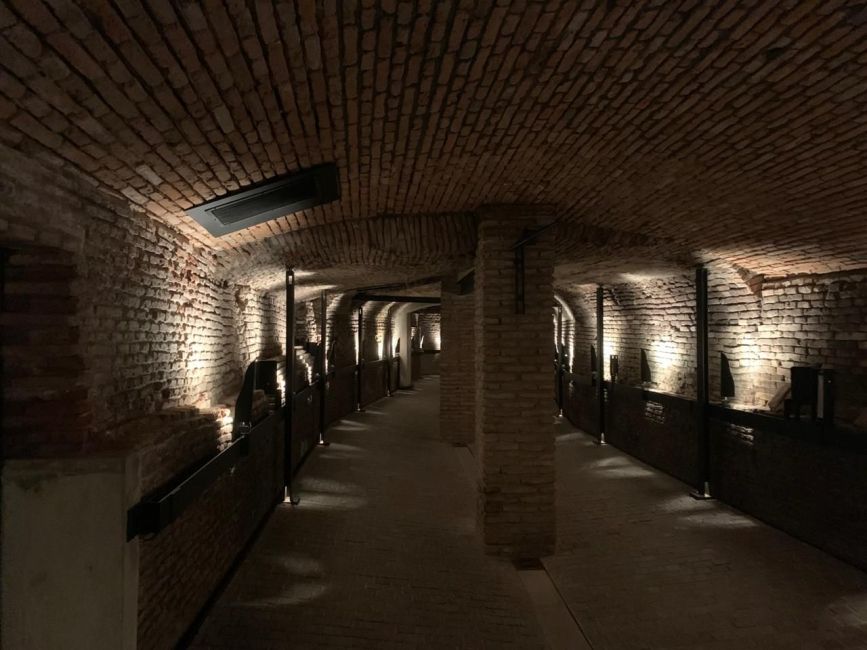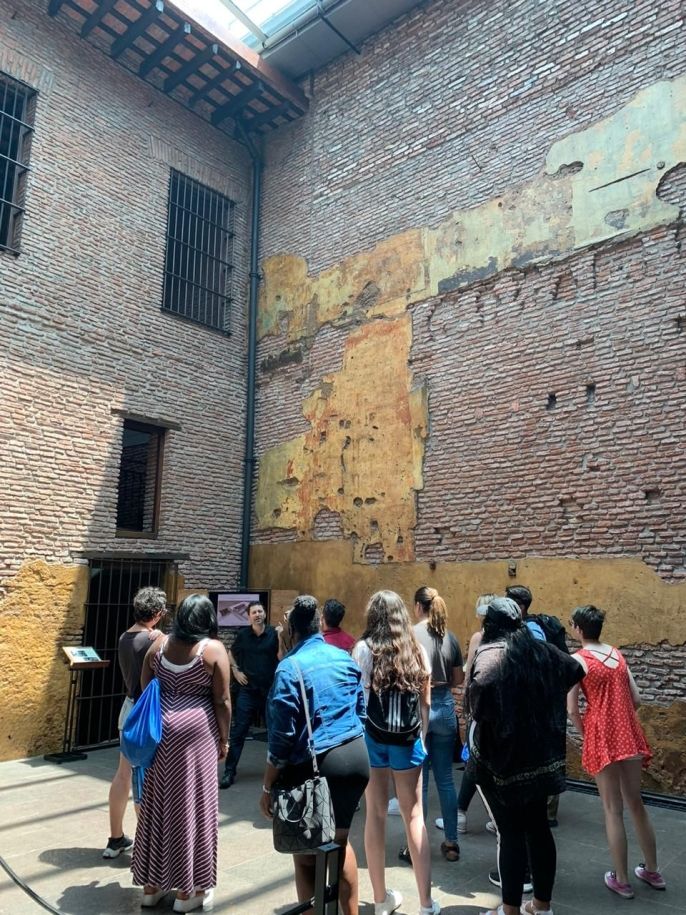Deep in the Origins- Tango and Buenos Aires
Warm and sunny weather tangoed this noon for J-term students gathering at "El Zanjón de Granados", where we met for a visit.
We had the chance to visit a typical house of Spanish colonial times, refurbished with modern materials that combined with mud bricks still holding walls and water wells.
The history of the house is a perfect brief history of Buenos Aires foundation. Buenos Aires´second and final foundation took place in 1580. The city grew by the Río de la Plata; most elegant and rich homes were built in this neighborhood, called San Telmo. The main economical activity was commerce with Spain. Yellow fever came and wealthy people moved to other areas, like Recoleta or estancias (ranches) and abandoned these beautiful homes.
At the end of 1800´s and beginning of 19th Century immigration from Europe was encouraged and very welcome in town. These homes became conventillos or pensions where immigrants tried to start a new life. After the USA, Argentina received the biggest European amount of immigrants at those times.
Mid 20th Century , a Hungarian-Argentine man decided to open a restaurante: he bought this house and decided to invest all of his savings in this project. Digging and rebuilding he discovered the house was much bigger than supposed to, with metres and metres of tunnels under the house. These tunnels had been designed in order to avoid floods, they gave shape to the zanjón.
For tango apprentices, the bonus track of the visit was listening to the way Tango was born from the mixture between African rythms, European acordeons and Spanish guitars.
Related Posts
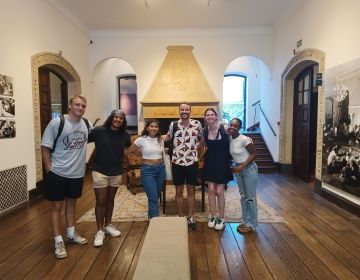
Building transformational leaders
By Professor Bruno Nunes During this Spring block II, in the Transformational Leadership Across Culture course we’ve explored the different political, economic and social leaders and leadership styles, skills, traits... keep reading
Argentine sobremesa
There’s a chalkboard in my host mom’s kitchen that for the past few months has read, “La vida es más linda cuando la compartimos”. I’ve done a lot of reflecting... keep reading
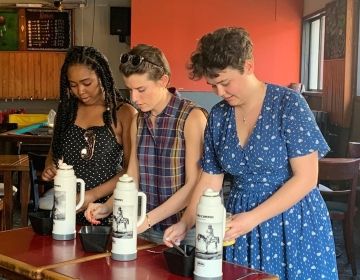
Spanish and Mate: making new friends in Buenos Aires
By Open Campus Student, Kelsey Lynn Dearing CIEE Buenos Aires offers students the opportunity of meeting locals, Porteños, at Mate Club. Every Tuesday, Thursday and Saturday Argentineans seeking for new... keep reading
